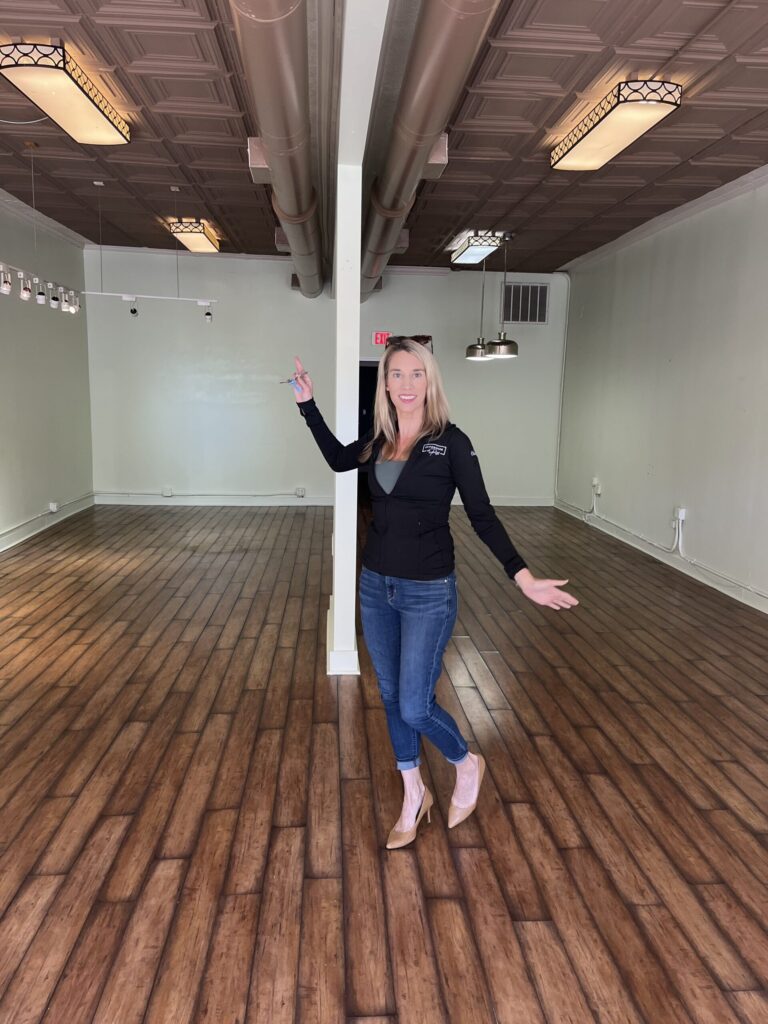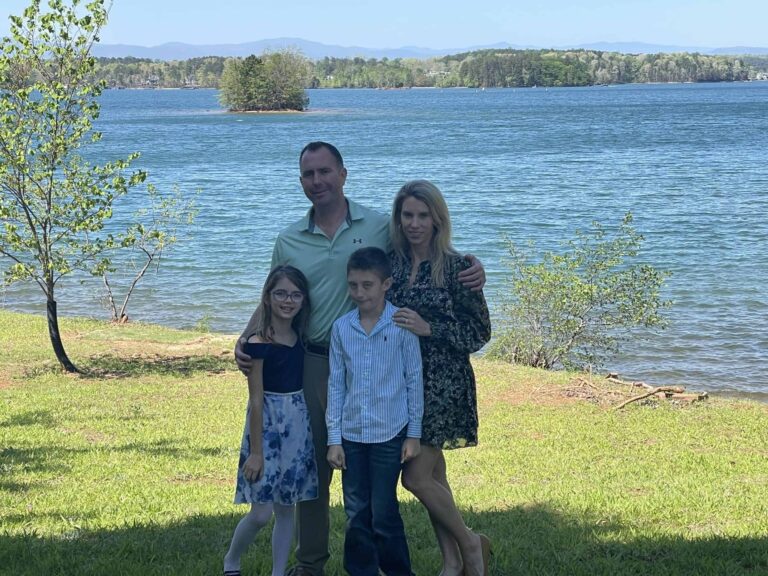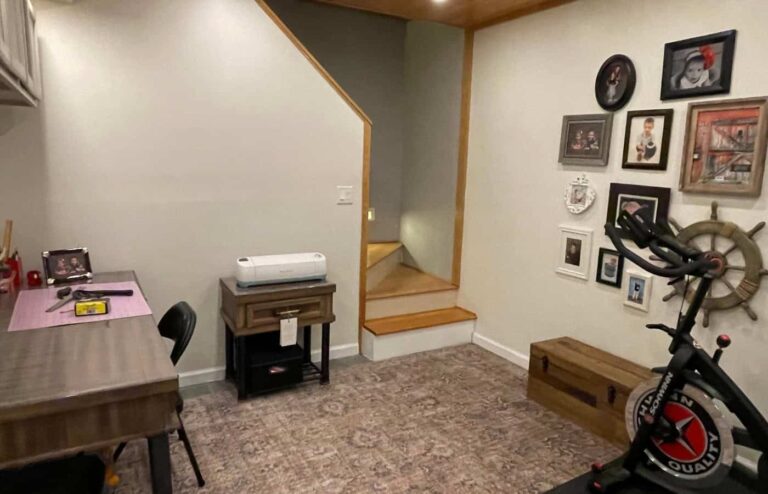When we decided to transform our little lake house into a cozy, Adirondack-inspired retreat, I was dreaming BIG. Envisioning a warm, welcoming space that my family would love for years to come. What I didn’t envision? The complexity of planning and sticking to a renovation budget for such a big transformation- where at times I felt as if I didn’t have control .
Today, I’m breaking down our renovation budget journey. When I committed to sharing this journey I wanted to share not only the visual transformation but also the behind-the-scenes, the feelings the emotions, and the expense—not to brag but to give you real, practical insights of what it’s like to go through a major renovation. The type of information I wish I had before we jumped in
If you’re planning a major renovation, here’s what we learned, what worked, and what we’d do differently.
Renovation Vision and Initial Budget
From day one, I knew our home needed serious updates. It was tiny, awkwardly designed, and, let’s be honest, a bit embarrassing. Crooked ramps and a cramped living space didn’t exactly scream “dream home.”
I had a clear goal:
- Expand the living room
- Add a mudroom
- Build a new porch
- Redesign the roofline into a striking A-frame- Adirondack-inspired home
- Completely new kitchen
Our initial budget? $311,000, which broke down like this:
- $250,000 for contractor costs
- $61,000 for contingency/emergency expenses
This was the absolute max we felt comfortable spending, and we were determined to stick to it—no matter how tempting additional upgrades might be.



What I Wish I Knew Before We Started
Start with Architect Plans
Here’s something no one told us at first: you need architect plans before getting accurate contractor quotes. Without detailed plans, most contractors can only provide rough estimates, which makes budgeting difficult.
We spent weeks interviewing contractor teams before realizing we needed an architect.
Ultimately, we paid $6,000 for plans, which I loved, but looking back, I wish someone had pointed this out earlier.
Lesson Learned: Start with architect plans to give contractors a solid foundation for quotes. It saves time and ensures everyone’s working toward the same vision.
Managing Expectations: What Wasn’t Included in the Budget
If I am being honest, I was so confident the team we picked was going to be able to complete the project by the deadline (more on that here) that I didn’t receive a budget schedule- and I knew this wasn’t the norm. I was willing to look past the lack of a formal budget to trust that it could be done on time. Maybe not my smartest move and I definitely wouldn’t do it again-
Some of the teams who provided a quote even offered a rough budget schedule. This is something you 1001% should have- and it would have relieved a lot of headaches, rather than trusting someone else is managing the budget.
If we had this, I would have been able to manage my expectations, realizing some finishing touches like the window seat, light fixtures, and silly things like door knobs weren’t budgeted for (but add up over time).
I did know that there were a few “extras” I was going to want, such as new siding, a fireplace, and a wood ceiling. These items came out of my contingency budget.
Even with a detailed budget, some key items fell through the cracks. For example:
Lesson Learned: Ask contractors for a detailed breakdown of everything included in the budget, and don’t assume anything.
DIY to the Rescue
One of the best decisions we made was leveraging my husband Ryan’s handy skills to save money. By tackling certain projects ourselves, we saved an estimated $12,000, including:
- Installing the porch floor
- Painting the entire interior
- Installing door handles, locks, and even a new door (goodbye, random frogs in the house!)
While it was time-intensive, it was well worth the effort to stay close to our budget.
Lesson Learned: Know what you can realistically DIY before starting. Even small projects can add up to big savings.



The Final Numbers
So, how did we do? Here’s the honest breakdown:
- Overall Over Budget: over by 9%
- Contractor Over Budget: 15%
- Additional “Extras” (not in the contract): $51,480 (under my budget)
By the end, we were slightly over our max spend, but we’re thrilled with what we achieved within that range. The key was adjusting our expectations, staying flexible, and finding creative ways to save.
Our Top Budgeting Lessons
- Invest in Architectural Plans Early
They’ll save time and ensure contractors can provide accurate quotes. - Obtain a Detailed Schedule (budget)
Ensure you have a copy of the budget upfront, then you can compare the budget to actual- vs hoping it all works out…. Hoping vs knowing adds so much unnecessary stress. - Plan for the Unexpected
Renovations rarely go as planned. A 20% contingency fund is essential for surprises and add-ons. - DIY Where You Can
Painting, assembly, and other hands-on tasks can save thousands. See if your contractor team will allow this.
5. Track Every Expense
Keep a running tally throughout the project so you always know where your money is going.
Was It Worth It? Absolutely!
Looking at our home now, I can confidently say the effort, stress, and budgeting challenges were all worth it. We took a tired little lake house and transformed it into a warm, inviting home we’re proud of.
While the journey had its ups and downs, it taught us so much about balancing dreams with reality. If you’re planning a renovation, my advice is simple: plan carefully, expect the unexpected, and embrace the process.
Oh, and don’t be afraid to roll up your sleeves—it’s all part of the adventure!






